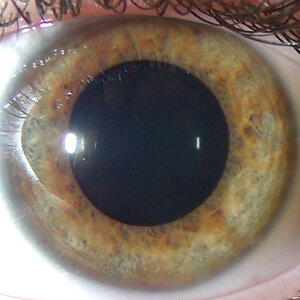Tbini87
TPF Noob!
- Joined
- May 10, 2010
- Messages
- 574
- Reaction score
- 8
- Location
- Chico, CA
- Can others edit my Photos
- Photos OK to edit
Hey guys. I have been hearing a lot about formatting memory cards, which is totally new to me. I have never formatted a card, and didn't even know what it was until i just Googled it. I have always just put the card into my camera and shot away, then after loading the pics onto my macbook i would let the computer software delete the originals. I have never had a problem, so why is formatting important? What does it do? Do you guys format a card before every shoot? Thanks guys!






![[No title]](/data/xfmg/thumbnail/32/32929-22e23acc63d6ecb25e5ee941be87121f.jpg?1619735758)




![[No title]](/data/xfmg/thumbnail/36/36300-760519cb9a8ebbfc57cc3d1fda5dd37c.jpg?1619737494)

